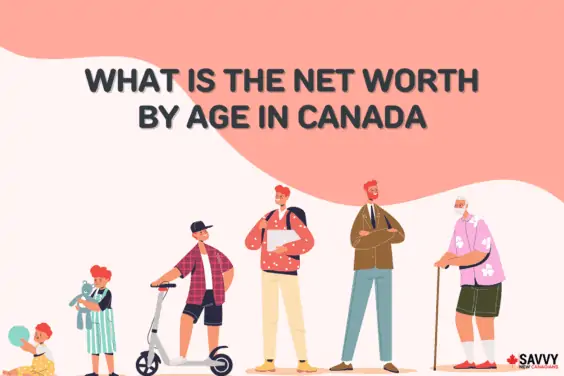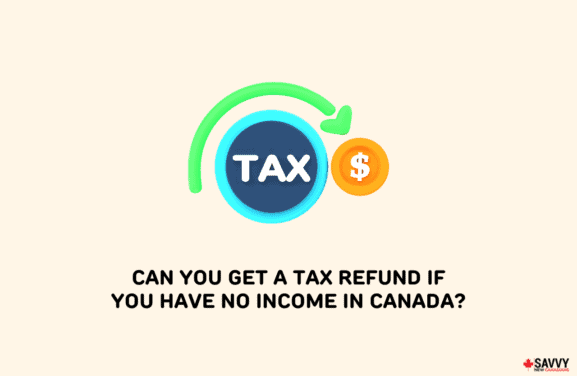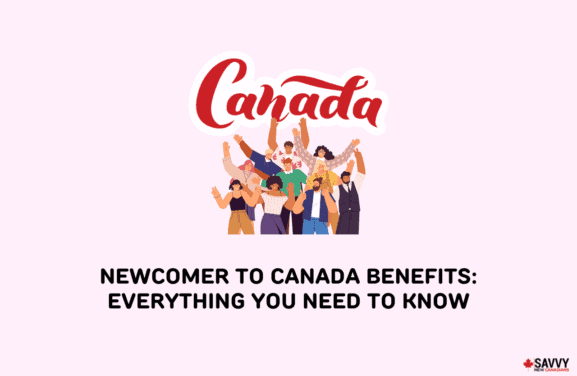Lower-class income in Canada is a significant issue, with about 8.8% of Canadians having income below the Low Income Cut-off (LICO) metric in 2014. In 2020, the low-income rate was 9.3%, according to the Low Income Measure (LIM) metric.
This article defines what constitutes low income, explains the low-income cut-off meaning, and outlines government benefits targeted at low-income earners, such as the GST/HST Credit, Canada Workers Benefit, and Guaranteed Income Supplement.
Key Takeaways
- In Canada, low income is defined by Statistics Canada’s Low Income Cut-off (LICO). It is based on after-tax income and adjusted for family and community size.
- In 2020, around 9.3% of Canadians had a low income, according to the Low Income Measure (LIM) metric.
- Ontario defines low income as an individual’s adjusted net income below $50,000 or an adjusted family’s adjusted net income below $82,500.
- The Canadian government provides benefits to assist low-income individuals and families.
What is Considered Lower Class in Canada?
Statistics Canada’s Low Income Cut-Off is the most generally used indicator of low income in Canada and allows for comparison across time. It is determined based on after-tax income and is a relative measure of poverty.
A family is considered low-income if it spends 20 percentage points more than the average family on necessities such as food, shelter, and clothing. Because data dating back to 1976 is available, it is commonly used to evaluate low-income patterns over time.
Percentage of Canadians With a Lower Income
According to data from Statistics Canada, in 2014, 8.8% of Canadians had a low income based on the Low Income Cut-off After Tax metric. This means that approximately 3 million Canadians were living in poverty.
The percentage was highest for those within the age range of 18–64, where 10% were living in low-income status. For seniors over the age of 65, the percentage was 3.9%.
What is Low Income in Ontario?
Ontario defines low income as follows:
- The individual adjusted net income for the year must be below $50,000 (previously $38,500 for the years 2019, 2020, and 2021).
- The adjusted family net income for the year must be below $82,500 (previously $68,500 for the years 2019, 2020, and 2021).
Low-income workers can avail themselves of Ontario’s Low-Income Workers Tax Credit (known as the Low-income Individuals and Families (LIFT) Tax Credit) program provided they meet the following additional criteria:
- Must be a Canadian resident in any province or territory at the start of the tax year.
- Must be an Ontario resident by the end of the tax year.
- Must have employment income.
- Must owe Ontario personal income tax.
- Must not have spent more than six months in prison during the year.
Low Income Cut-Off Meaning
The Low Income Cut-offs are the levels of income below which a family will spend more of its money on food, shelter, and clothing. A family is thought to have a low income if it spends 20% more than the average family on these necessities. It’s a relative measure of how poor someone is.
Low-Income Cut-offs are based on income after taxes; hence, this is the most common way to measure low income in Canada, as it makes it possible to compare income levels over time. On the other hand, the Low Income Measure (LIM) is more commonly used to discuss how Canada relates to other countries.
Since there is data from as far back as 1976, it is often used to look at how low-income people have changed over time. To account for differences in the cost of living, the Low Income Cut-offs are adjusted for seven different family sizes and five different town sizes.
Government of Canada Low-Income Benefits
The Canadian government provides a range of benefits and credits for low-income individuals and families to help them meet their basic needs. Some of these benefits include:
- Goods and Services Tax/Harmonized Sales Tax (GST/HST) Credit: The GST/HST credit is a tax-free quarterly payment that assists individuals and families with low and modest incomes in offsetting the GST or HST that they pay. Payments from provincial and territorial programs may also be included. When you file your taxes, you are automatically considered for the GST/HST credit.
- Canada Workers Benefit: The Canada Workers Benefit (CWB) is a refunded tax credit that helps low-income workers and their families. There are two parts to the CWB: the main amount and the disability supplement. You can claim the CWB when you file your income tax return.
- Canada Dental Benefit: The interim Canada Dental Benefit is intended to assist qualified families earning less than $90,000 per year in lowering dental costs. If the child receiving dental care is under the age of 12 and does not have access to a private dental insurance plan, parents and guardians may apply.
- Canada Child Benefit: The Canada Revenue Agency (CRA) administers the Canada Child Benefit (CCB). It is a tax-free monthly payment granted to qualified families to assist with the costs of rearing children under the age of 18. The child disability benefit and any related provincial and territory programs may be included in the CCB.
- Guaranteed Income Supplement: The Guaranteed Income Supplement (GIS) is a monthly payment that you can get provided you meet the following criteria:
- you are 65 or older
- live in Canada
- is getting the Old Age Security (OAS) pension
- your income is less than the maximum annual income criterion for the GIS based on your marital status
The Supplement is based on income and is available to low-income Old Age Security pensioners. It is not taxable.
It’s important to note that eligibility requirements and benefit amounts may vary depending on individual circumstances, so it’s important to check the Government of Canada website for up-to-date information.
FAQs
According to Statistics Canada, the median after-tax income for Canadian families and singles was $68,400 in 2021. What constitutes a middle-class income can vary depending on factors such as location, family size, and expenses.
The Organization for Economic Cooperation and Development (OECD) defines a middle-class person as someone who earns between 75% and 200% of the median household income after taxes. According to the most recent Statistics Canada data, this equates to somewhere between $50,000 and $125,000 in Canada.
There is no official minimum income to live in Canada, as it depends on factors such as location and expenses. However, the LICO is often used as a reference for determining poverty rates.
According to Statistics Canada, the average total income of Canadians in the top 1% of is $512,000. Those who earn at least $253,900 are considered part of the top 1% income group.
Related: What is the Top 1% Income In Canada?




I live on less than $12,000 a year. I have no choice but to live in Community housing or on the street. My last apartment was $1,400 a month in rent which I ended up being forced into bankruptcy trying to keep a home I loved. Now I live in housing in a horrible place that causes me non-stop pain.
I have been disabled for the last 10 years living in Ontario in Ottawa. Under Odsp my rights are ignored. I live in forced poverty with no choices left to me. I am terrified what happens in 3 years when I hit 65. I have never worked anywhere that provided a pension of any kind.
Human rights no longer matter in Doug Fords Ontario.
Suggestions would be is to collect families and friends and move into house together ❤ 🙂 😊 and cut the cost of everything.